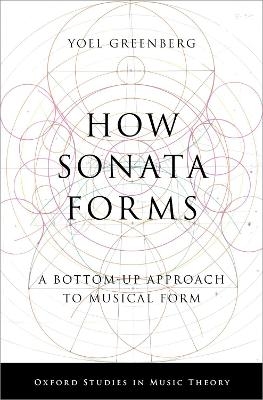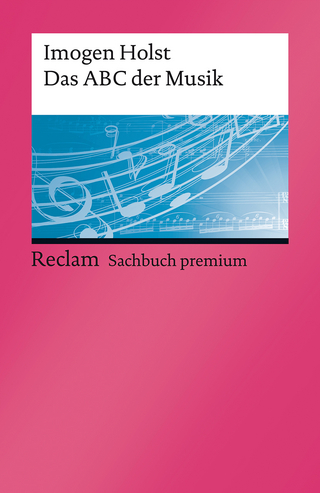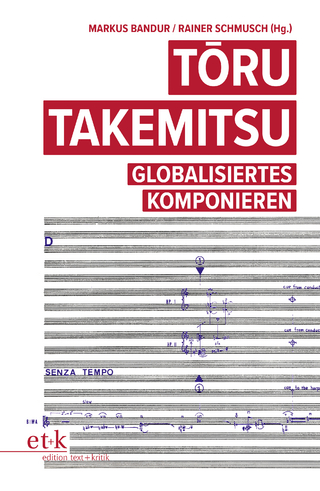
How Sonata Forms
Oxford University Press Inc (Verlag)
978-0-19-752628-6 (ISBN)
Traditional approaches to musical form have always adopted a top-down perspective whereby a work's form organizes and unifies the individual parts of the work through an overarching logic. How Sonata Forms turns this view on its head, proposing instead that it was the parts that conditioned and enabled the whole. Relying on a corpus of over a thousand works, author Yoel Greenberg illustrates how the elements of sonata form arose independently of one another, with an overarching idea of form only emerging at the tail end of its formative period during the eighteenth century.
Appreciation of the bottom-up nature of sonata form's evolution reveals it not as a stable package of features that all serve a common aesthetic or formal goal, but rather as an unstable collection of disparate and sometimes even contradictory common practices. The resolution of these contradictions presents a challenge to composers, rendering form a creative catalyst in itself, rather than as a compositional convenience. More generally, the deeply diachronic perspective of How Sonata Forms offers an alternative to the traditional synchronic outlook that pervades music theory in general and the study of form in particular. Rather than focus on definitions and taxonomies, How Sonata Forms proposes a focus on the motion of the system of form as a whole, suggesting that it is often more productive to appreciate the dynamics of a system than it is to rigorously define its parts.
Yoel Greenberg is a music theorist, musicologist and violist, currently serving as head of the department of music at Bar-Ilan University and violist with the Carmel Quartet. He holds a first degree in mathematics and computer science, and an MA and PhD in musicology from the Hebrew University, Jerusalem. His research concerns the rise of sonata form using corpus-based methods to inform analysis of individual works. He has also published articles about music and the arts in the early twentieth century, and Jewish music. Greenberg is dedicated to public musical education and presents, together with the Carmel Quartet, the critically acclaimed series of concert-lectures, Strings and More.
Introduction
Chapter 1: The Fuzziness of Form
Chapter 2: Wholes in the Theory
Chapter 3: From Selfish Sonatas to Egoistic Elements
Chapter 4: A Periodic Table of Elements
Chapter 5: On Positive Interaction and the Emergence of the Recapitulation
Chapter 6: Rival Repeats: On Negative Interaction and Form in Flux
Chapter 7: Converging Forms
Appendix
Bibliography
Index
| Erscheinungsdatum | 25.05.2022 |
|---|---|
| Reihe/Serie | Oxford Studies in Music Theory |
| Zusatzinfo | 46 music examples, 50 figures |
| Verlagsort | New York |
| Sprache | englisch |
| Maße | 124 x 152 mm |
| Gewicht | 522 g |
| Themenwelt | Kunst / Musik / Theater ► Musik ► Musiktheorie / Musiklehre |
| ISBN-10 | 0-19-752628-4 / 0197526284 |
| ISBN-13 | 978-0-19-752628-6 / 9780197526286 |
| Zustand | Neuware |
| Informationen gemäß Produktsicherheitsverordnung (GPSR) | |
| Haben Sie eine Frage zum Produkt? |
aus dem Bereich


